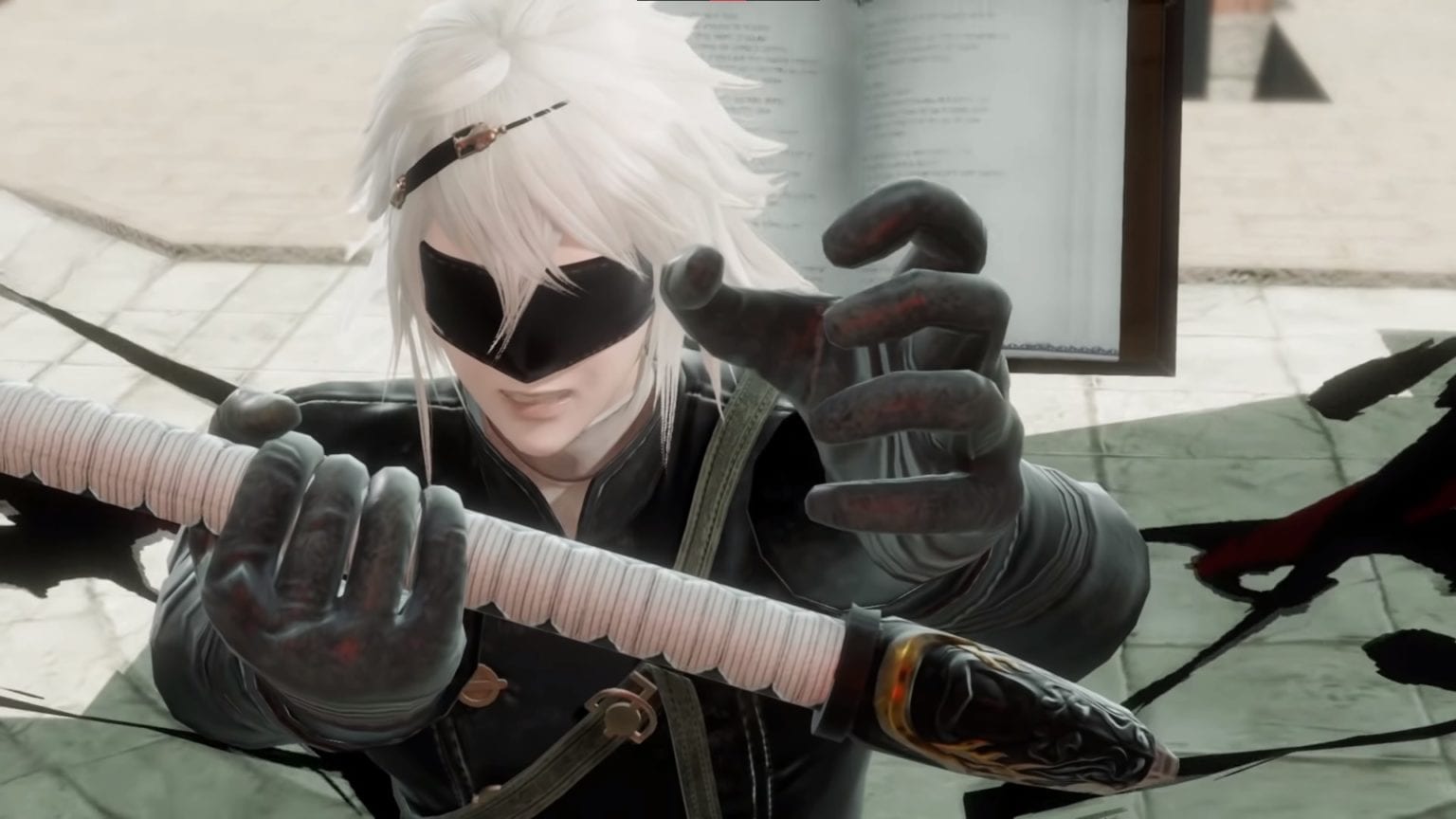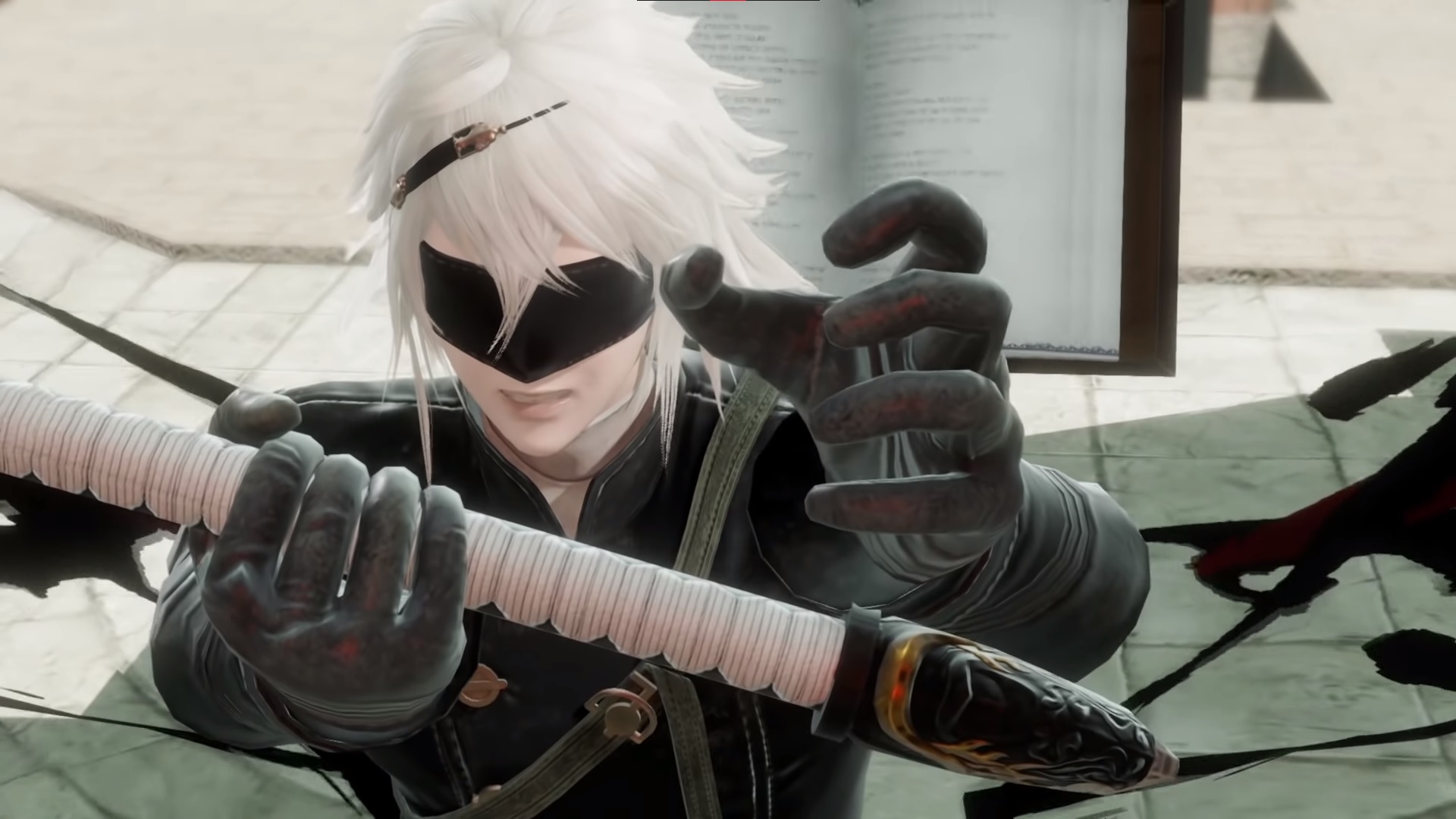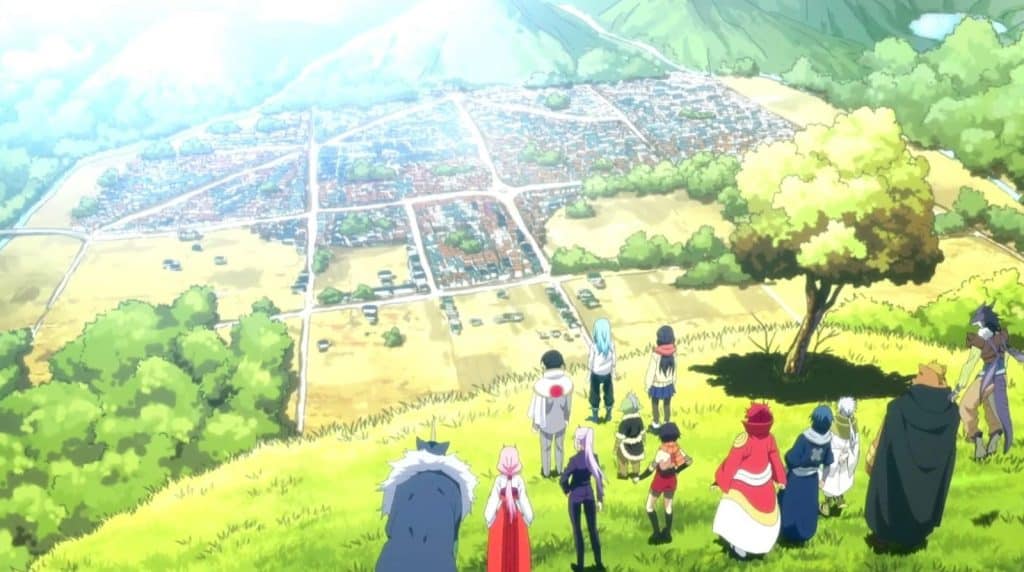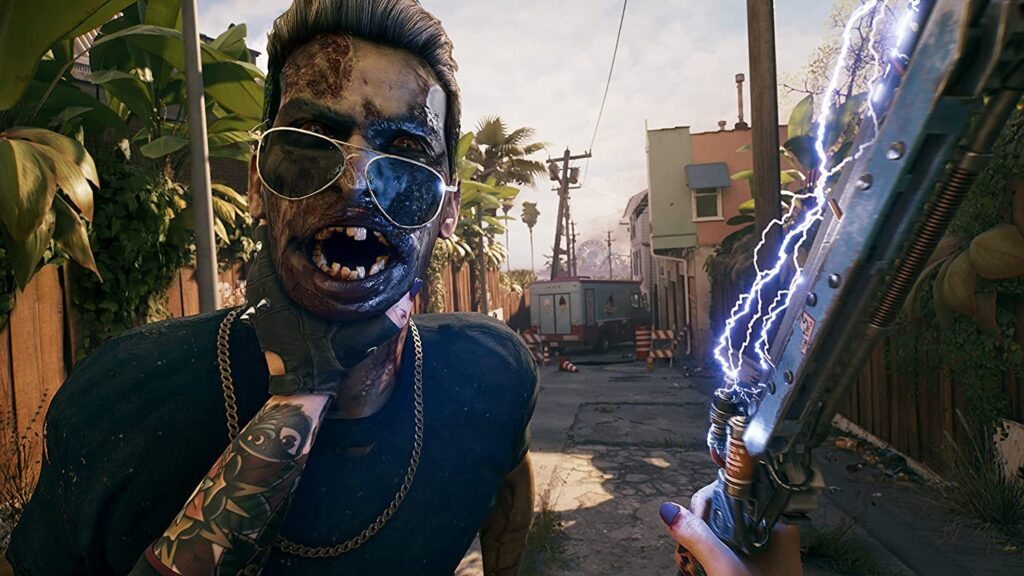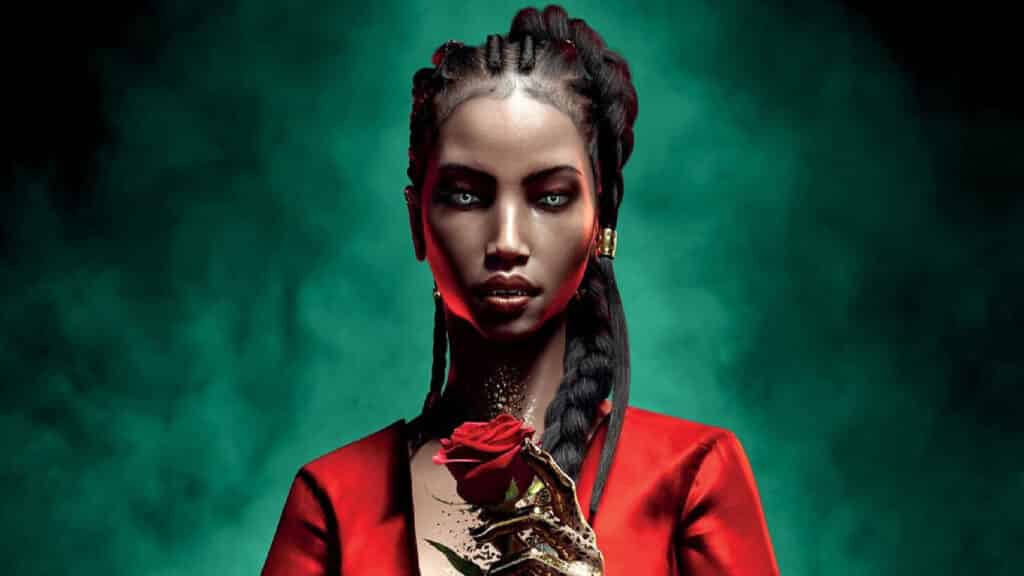NieR Replicant ver: 1.22… is the latest game from the Yoko Taro wild ride, a remaster/remake of the original 2010 cult classic, it boasts refined combat and controls, while also adding new story beats for those who had played and loved the original to latch onto and theory craft for years to come.
Upon writing this review, I have completed all side content, going from sheep massacres to flower arrangement, with gusto I worked through the remains of a robotics factory, climbed the top of ancient temples, and with uncontrolled kleptomania did I gather all 33 weapons, making every anime swordsman within 30 miles suddenly feel woefully inadequate. After completing all its endings, I have a complicated feeling. One is of happiness completing this harrowing task, going over at least 3 whole playthroughs, completing certain tasks which took multiple hours, if not days to finish, and never having to come back. But at the same time, there is a moment of longing, I wish to follow these characters I have journeyed with for so long, I want to see where their story goes from the endings provided.
The game’s story at first does not seem like much, however, you get a taste that everything is not as it seems from right at the start. It opens with a couple of kids, a brother, named by the player, and a sister named Yonah, seeking shelter from a white-covered city scape seemingly after a battle has taken place. The two huddling inside the bombed-out remains of a bus shelter, looking for food when they are attacked upon but black see-through figures skin seemingly like ink spiraling around into the shame of a humanoid, later to be named “Shades”, approaching the two in mass.
A short encounter occurs, and at one point the player picks up a black Grimoire, from it a slew of red-colored magic unleashes on the horde, ending the fight. Upon returning, the bother finds the site covered in black rune-like markings, seemingly sickening the sister, and ends with him calling for help. It is then a dramatic time shift occurs, about 1200 years in the future, where an eerily similar boy is out to gather supplies for his sick sister, also named Yonah.
From there, events occur that see the boy encounter another grimoire, this time named Grimoire Wiess, and after accidentally giving him near-permanent brain damage, he then agrees to join you as you try to help your sister with her sickness, now resurfacing as the self-same runes seen in the flashback, named “The black scrawl”. From here it becomes a rather standard JRPG, side quests fill the land, each ranging from enjoyable to hair-pulling frustration on drop rates, while you search for “Sealed Verses” this game’s first iteration of magic McGuffin that will seemingly help find a cure to the back scrawl plague. From here your first stop to the aery, a city built upon the side of sheer cliffs. Meeting the very hospitable hosts of the village members, you then return to meet Kainé, a foul-mouthed swordswoman who seemingly has a dark history with a particular giant lizard-like shade.
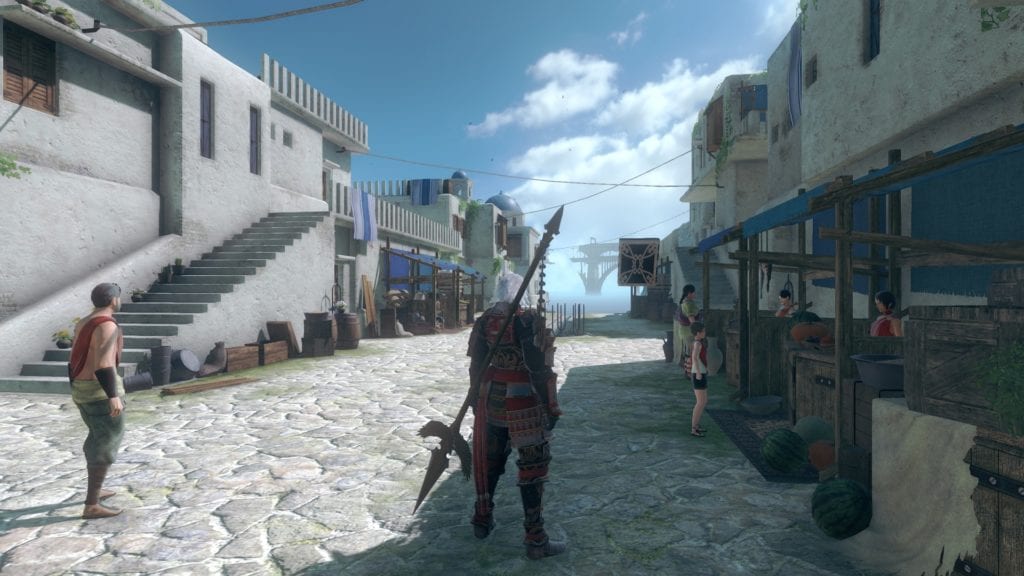
A few hours later you are invited to a seemingly abandoned mansion, with the screen even going black and white upon entering its grounds to show that it is not quite right. From here you bump into Emil, and those of you who have played NieR Automata, notice that this is a rather important name. The small boy seems to be cursed with a sight that turns all he sees to stone, and as it seems he cannot control said power, instead wears a blindfold to protect those around him. After all the party members are established, they are taken across the world, from the depths of a robotics factory to the desert city of Façade, meeting the residents who follow over 2000 rules, from how to talk to people about food, to that of having to go through a ceremony just to access the stores and markets located within.
I will not say I did not have fun with the story, it was enjoyable going back and forth and talking to the host of characters, now with added voice acting to silent town citizens and guards, it helps make the locales seem alive with life of people trying to survive and thrive in a world full of danger and perils that could destroy everything at a drop of a hat. “It’s the journey, not the destination” is a good way to describe your first playthrough of the game, as it will seem very boring and dull if you don’t get attached to the characters and enjoy the development throughout the campaign. It’s why a lot of those who have played NieR stop after doing getting their first ending, seemingly turned off from the experience, and for that, I cannot blame them.
It’s a tough sell, but I BEG those of you who have an interest after this initial playthrough, to do so again and see how you enjoy its added nuance upon subsequent playthroughs, each adding onto from the last. However, I will empathize that would have to play a whole whopping two-thirds of the game again, and while I beg those to push through it, I will not think less of those that don’t put in the time of the exact same grind for a small amount of extra content for the second run or a third and fourth time for the C and D endings.
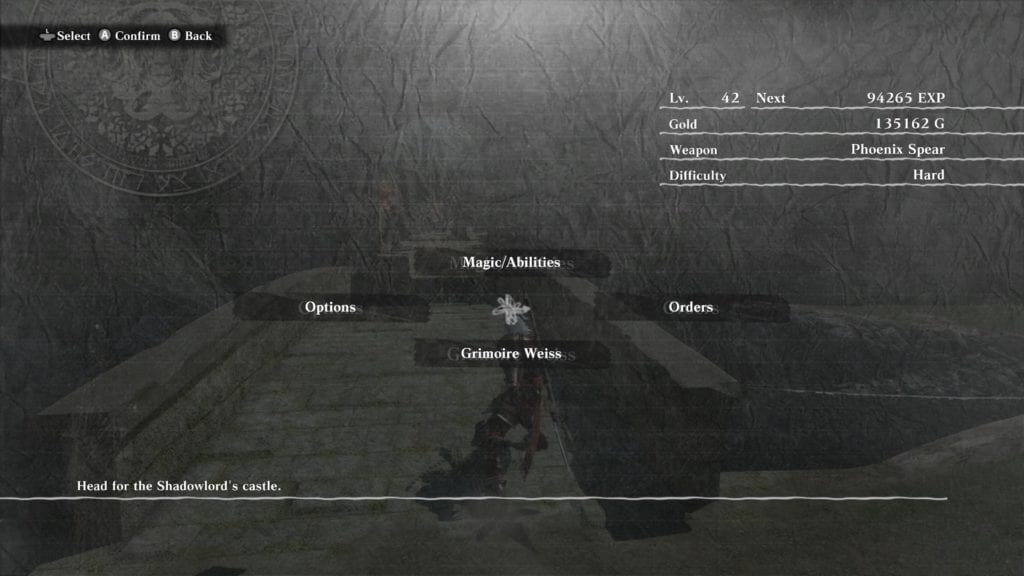
Next, the game’s mechanics, a large turning-off point of the original. The redefined control scheme is highly more enjoyable, if not reserved to a stifling degree. Taking notes from NieR Automata, the control scheme is streamlined into a more typical character action focus, you have your usual heavy and strong attacks, one for speed and the other for breaking away at armored foes defenses. However, there are no interchangeable combos like its successor, as in automata finding what heavy attacks goes into what light attack made for a flourishing dance of spectacle. Instead, the two combos are fun, but uninspired after the second playthrough of the game as you go for other endings.
The other feature is that of a counter and sideways dodge, the former being a nice reward for timing a block perfectly, with each weapon type housing a unique animation and the latter a 180-degree dodge to the rear of your targeted enemy. I had HEAVY Kingdom Hearts 2 flashbacks when I pulled this off, and pulling it off was extremely rewarding, however, I felt the control scheme at times would just flat out not work, from me going from “Anime badass” to floundering fool in seconds when my character refused to side dodge and instead eat a sword to the face. The block I noticed also had an exceedingly small recharge animation, falling into me being able to rapidly hit the button, causing counters to almost always occur during blocks.
Magic in the game was one of the features that the original managed to do correctly, and seemingly has transferred over with little issue. Taking on the power of Grimoire Weiss, you can fire machine gun-like magical bullets in the form of the spell “Dark Blast” and became my go-to magic for most of the run, being able to fire from a distance while having homing versions fire sporadically made for an enjoyable bullet hell inspired added nuance onto of the combat. When the big guns were needed a shot of the “Dark Spear”, sending the enemy flying backward while taking huge chunks of health was a nice sight to see.

I will say that those spells were my focus, as they gave the best offensive and defenses in the early parts of the game. I barely touched any of the later spells, such as Dark wall or Dark Gluttony, as they seemed wasteful amounts of mana with only a purely defensive standpoint that I could easily instead dodge around with the new dodge roll. I feel that this was mainly an oversight of working in the old systems with the new, having clearly superior options in the latter. The way to gather the magic was also rather fun. Instead of relying on mana potions or the like, instead, gaining it from the enemy as you strike into them made for offense the best play, rewarding those who were good at the physical combat access to more amounts of the harder-hitting spells.
Enemy variety is good, if not lacking in certain areas. Except for boss fights, most enemies break into a black outlined enemy named shades, each enemy shade was a humanoid, humanoid with a sword, humanoid with sword AND shield, or a spellcasting version. As it is seen later in the story that shades can also be the shape of animals, I wish they had delved into this more. Other than shades, there are robotic enemies to face, in the form of roombas with a vengeance. These I found to be more annoying than a threat on normal, while the ranged version barely got to attack before they were scrapped. Other than that, pandemic life in the form of boars, wolves, and scorpions, last of which cause the most aggravation.
The poison the scorpions can give upon popping up faster than jack in the box, gave me little time and mostly relying on luck to dodge it as I ran back and forth across the desert between quests. Now the boss fights are a mixed bag, some I did not enjoy, such as a bomb-throwing mechanic that appears only a few times in the game or having a genuinely enjoyable one-on-one with a spear-wielding statue. The only issue I have with all of them is this need to halt the damage I deal if I’m killing them too quickly, as I am known to grind away on the quests, I ended up being severely over-leveled, and in turn, would go from doing a combo dealing half an enemy’s health, to doing between one to two pixels in an instant. This felt rather jarring like the game was punishing me for doing its content and instead wanted me to wait while the boss gave its 1-to-2-minute-long monologue.
Lastly, there are your party members you pick up along your adventure, a young man named Emil who seems to hold the power to petrify all he looks upon, causing him to wear a blindfold, and Kainé, a swordswoman with a mouth sharper than her blade. From a story standpoint, the two are adorable pairs who are some of my favorite characters in a video game, maybe all media. The two had genuinely enjoyable chemistry with each other and the main protagonist. However, from a gameplay perspective, they feel a lot more slapped on than they deserve, even to the point I’d forget they were able to fight at all.
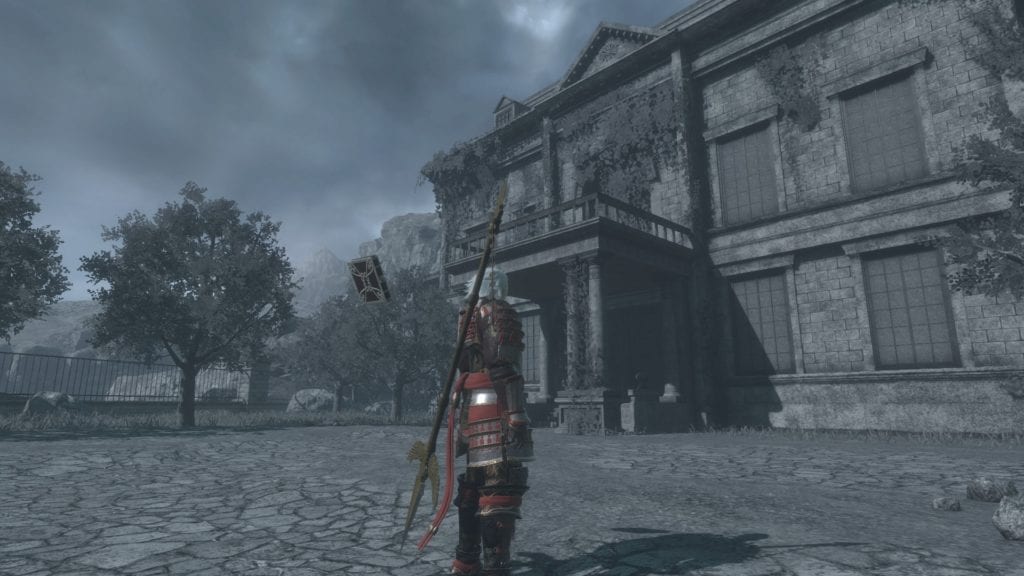
Each seems to float around the arena, randomly sending, albeit very pretty, useless magic attacks, or Emil sending me a heal that I did not even REALIZE was a heal due to how small the gain was, only realizing on my third playthrough. And unlike the player, they do not gain any more functions or spells, except for a singular case, and are stuck with the same inconsequential backseat as I mow down legions with ease. If they had more functions, maybe able to place down buffs for the player, or would occasionally have roles in boss fights, this would help make them stand out more, but as it stands, they are a nice addition, but with little substance.
To sum it all up, this is by far the best version you will get of the 2010 classic, and if you are a fan of Automata and wish to see how it started, this is a must buy and I thoroughly recommend a full playthrough. For those dipping their toes into the series, I would say give the first playthrough a shot and see if it grabs you, as it still has enough enjoyable factors without subsequent playthroughs to be a great JRPG on its own right, kinks and all. Its characters shine through its more middling combat and story to make me care how it’s going to end, and what ties it has to the sequel.



